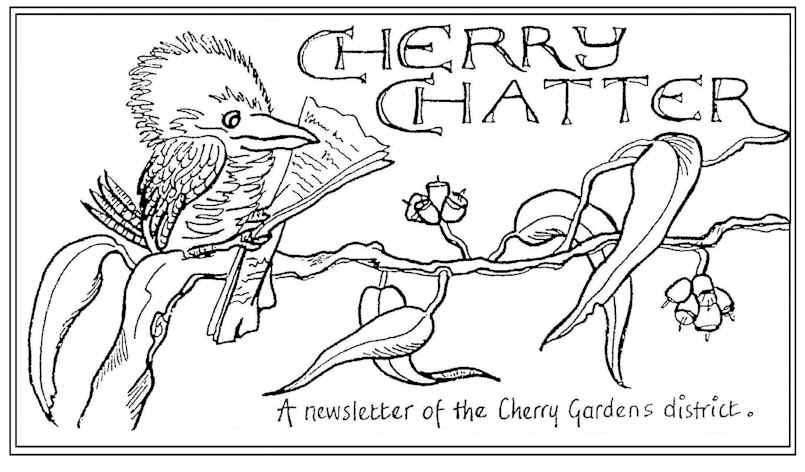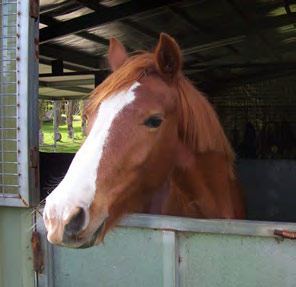Over the stable door
Greetings Fellow Equines and Horse Owners!
First Training Principles – remember this is a follow on from last month’s Five Freedoms.
The bulk of this is taken from Equitation Science should you wish to go into more detail.
There are 10 basic training principles.
1. Regard for human and horse safety.
The horse is a large animal with a very highly developed flight response. Learn to recognise this early on, match human and horse appropriately and minimise risk of causing pain, distress/injury. Common sense, you would say, but not necessarily for those who are new to horse ownership.
2. Regard for the nature of horses.
This means considering the 5 freedoms, being aware that horses may see some of our actions as threatening (ie. arm waving, staccato movements, noise etc). Also ensure to avoid ‘dominance’ roles during interactions with your horse.
3. Regard for horses’ mental and sensory abilities.
This means being aware that horses think, see and hear quite differently from humans. Also, not over or underestimating the horse’s mental abilities. And finally, keep training sessions to a minimum.
4. Regard for emotional states.
Be aware that a horse is a sentient being, and therefore capable of suffering. So, encourage a positive emotional state in your horse. Consistency will encourage your horse to feel optimistic for further training outcomes. Also avoid causing pain, discomfort and/or triggering fear.
5. Correct use of desensitisation methods.
Learning how to correctly apply systematic desensitisation, overshadowing, counter-conditioning and differential reinforcement. Avoid ‘flooding’. This means forcing the horse to endure aversive stimuli e.g. In times gone by, breakers would hobble a horse and ‘bag’ him down to desensitise/habituate him to noise, equipment and so on.
6. Correct use of operant conditioning.
Basically, this is pressure/release training and what this means that the horse will either repeat or avoid certain behaviours according to their consequences. So be sure to remove pressure at the onset of your desired response, minimise delays in reinforcement, use combined reinforcement and definitely avoid punishment.
7. Correct use of classical conditioning.
Be aware that horses will readily form associations between stimuli. (We all know how our horse will soon stop with a voice cue!). Ensure that a light signal is used before a pressure-release sequence e.g. when asking the horse to stop, a light rein pressure is applied first before a heavier one.
8. Correct use of shaping.
This means breaking your training down into the smallest achievable steps. Plan your training so that signals are obvious and easy. Also change the context, i.e. if you are working on your horse to stand still whilst mounting, once he has mastered that in one place, start to vary it bit by bit until you can mount anywhere, anytime (remember to only change one variable at a time).
9. Correct use of signals or cues.
Ensure that the horse can discriminate one signal from another (e.g. leg pressure at girth for trot, one leg behind for canter). Make sure that each signal only has one meaning, avoid using more than one signal at a time (i.e. legs and hands). Lastly coordinate your signals to correspond with your horse’s biomechanics (by asking for a turn as the turning leg is in the flight phase).
10. Regard for self-carriage.
Self-carriage means that your horse will maintain his gait, tempo, stride length, direction, head, neck and body posture. So if you ask him to walk, trot or canter, he should stay there until asked otherwise, and if you give the reins away, then that should also not cause him to change. Lastly, avoid forcing your horse into a ‘frame’ through relentless signalling.
Wow! That is a lot to take in fellow owners isn’t it? Some of the terms used may seem a bit new, but it is not a lot different to how any caring horse person treats their horse.
Keep safe everyone and look after your neddies!
Hamish

